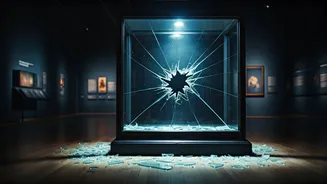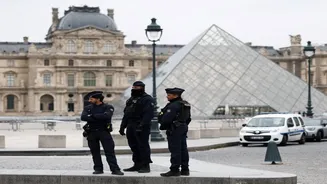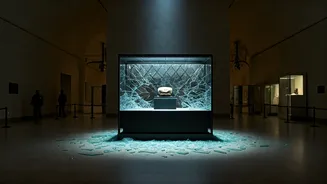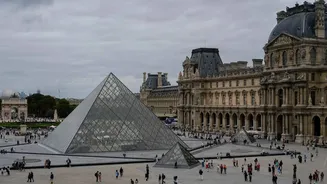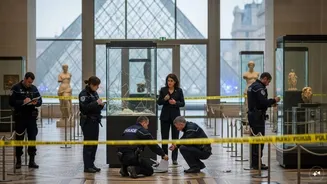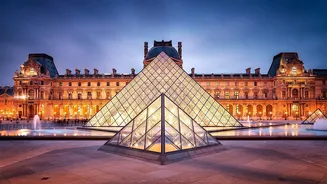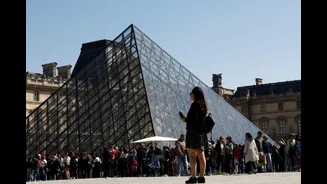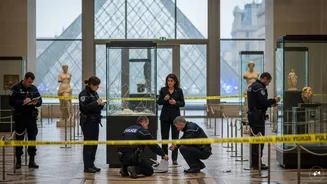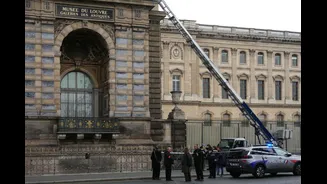The Audacious Theft
The world watched in astonishment as news broke of a brazen robbery at the Louvre Museum in Paris. The focus of the heist was on valuable 19th-century
royal jewels. Surveillance footage captured the moment a perpetrator, displaying remarkable speed, cut through a glass display case to secure their target. The entire operation was completed in a mere seven minutes, a testament to the meticulous planning and execution behind the theft. The speed with which the theft occurred left authorities and onlookers alike stunned. The incident triggered an immediate investigation, as law enforcement agencies began the task of examining the scene, collecting evidence, and searching for the perpetrators of this high-profile crime. The theft not only robbed the museum of significant historical artifacts, but also brought into question the security protocols in place at one of the world's most famous museums.
Jewels: Lost Treasures
The stolen items are royal jewels, adding considerable weight to the crime's significance. These precious objects, dating back to the 19th century, represent a significant part of history. The details of the stolen jewels are not readily available, leaving a degree of mystery to their exact value. Their loss is a severe blow, depriving the public of a chance to view and appreciate pieces of history. These jewels offered a tangible link to a bygone era. They represent not only material wealth but also artistic skill and historical context, their absence creating a deep void in the museum's collection. The impact of the theft extends beyond the financial worth of the jewelry, reflecting a significant loss of cultural heritage. The recovery of the jewels, along with the arrest of the perpetrators, is now a high priority for the authorities, as they strive to protect and preserve valuable artifacts for future generations.
Captured on Camera
The audacious nature of the Louvre heist was compounded by the fact that the entire event was captured on camera. The surveillance footage revealed a calculated and well-executed operation. The footage highlights the efficiency of the perpetrator, who quickly targeted the display case. The thief, seen cutting through the glass, had a clear intent. The presence of the surveillance footage will play a crucial role in helping law enforcement in their investigation. Video evidence is often critical in such high-profile cases, offering investigators clear visual details to reconstruct the event. With the footage available, the authorities will analyze every detail to identify the suspect. The footage also indicates the potential weakness in the museum's security, opening the door for a thorough review and potential improvement to prevent future incidents.
Immediate Aftermath
Immediately following the incident, the Louvre Museum and local law enforcement were in action. The top priority was the investigation into the crime, along with the assessment of the damage. Security teams began a close review of the area, looking for any possible evidence that could help in the investigation. The police began to interview staff, and visitors for potential clues. The heist had a substantial impact, raising questions about security protocols. Museum officials were forced to take a hard look at the procedures that were in place at the time. The incident has also sparked public discussion about the vulnerability of important artifacts in museums. The entire situation underscored the need for heightened security measures, and has raised global interest in the case, keeping the world at the edge of their seats, waiting to see what the next steps will be.
